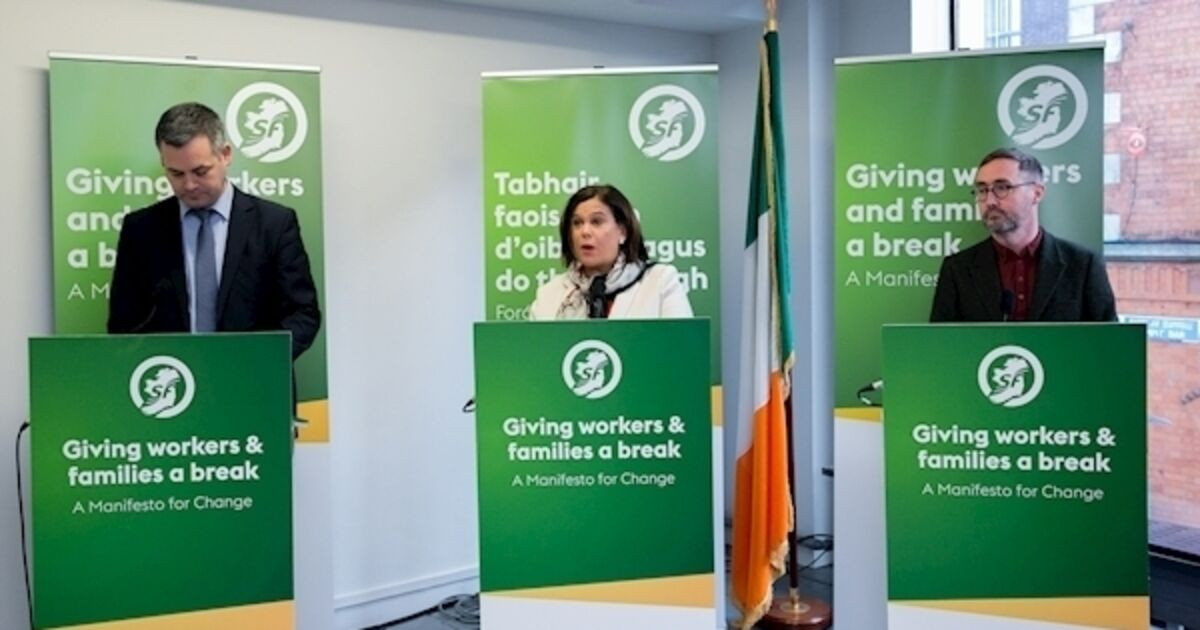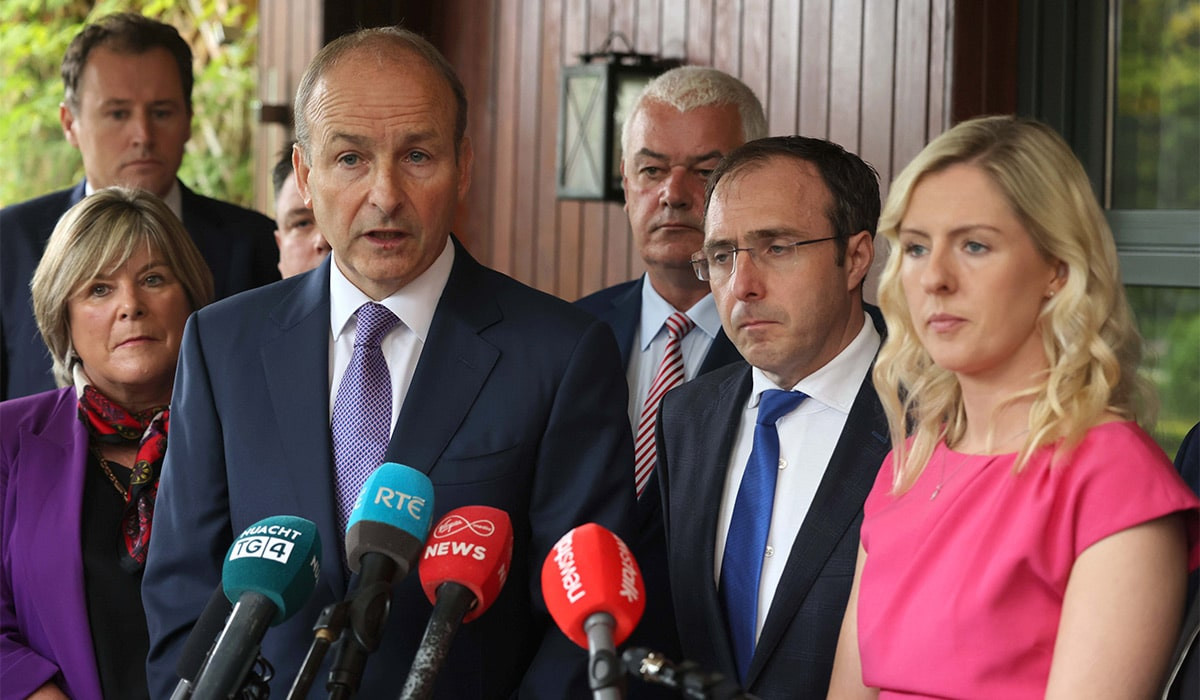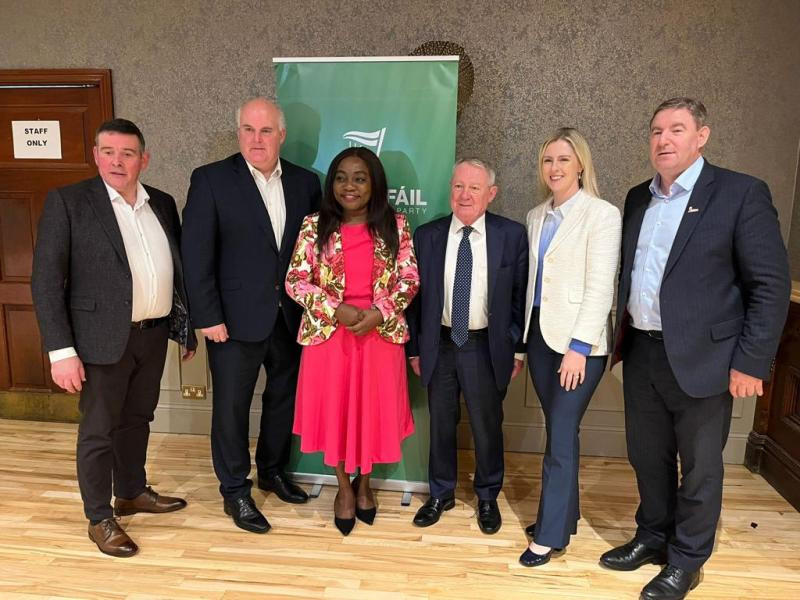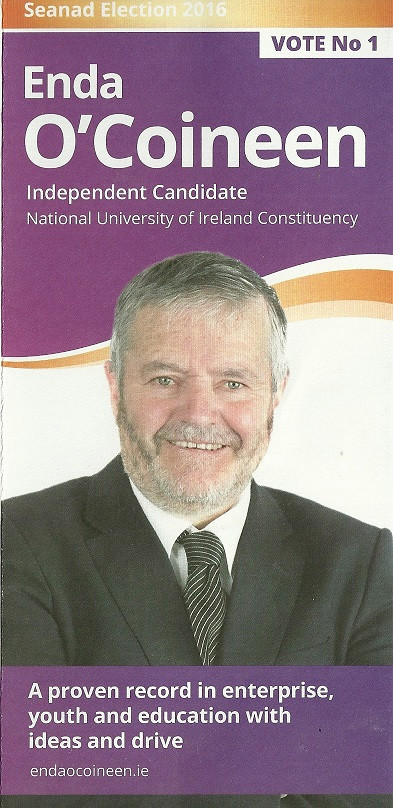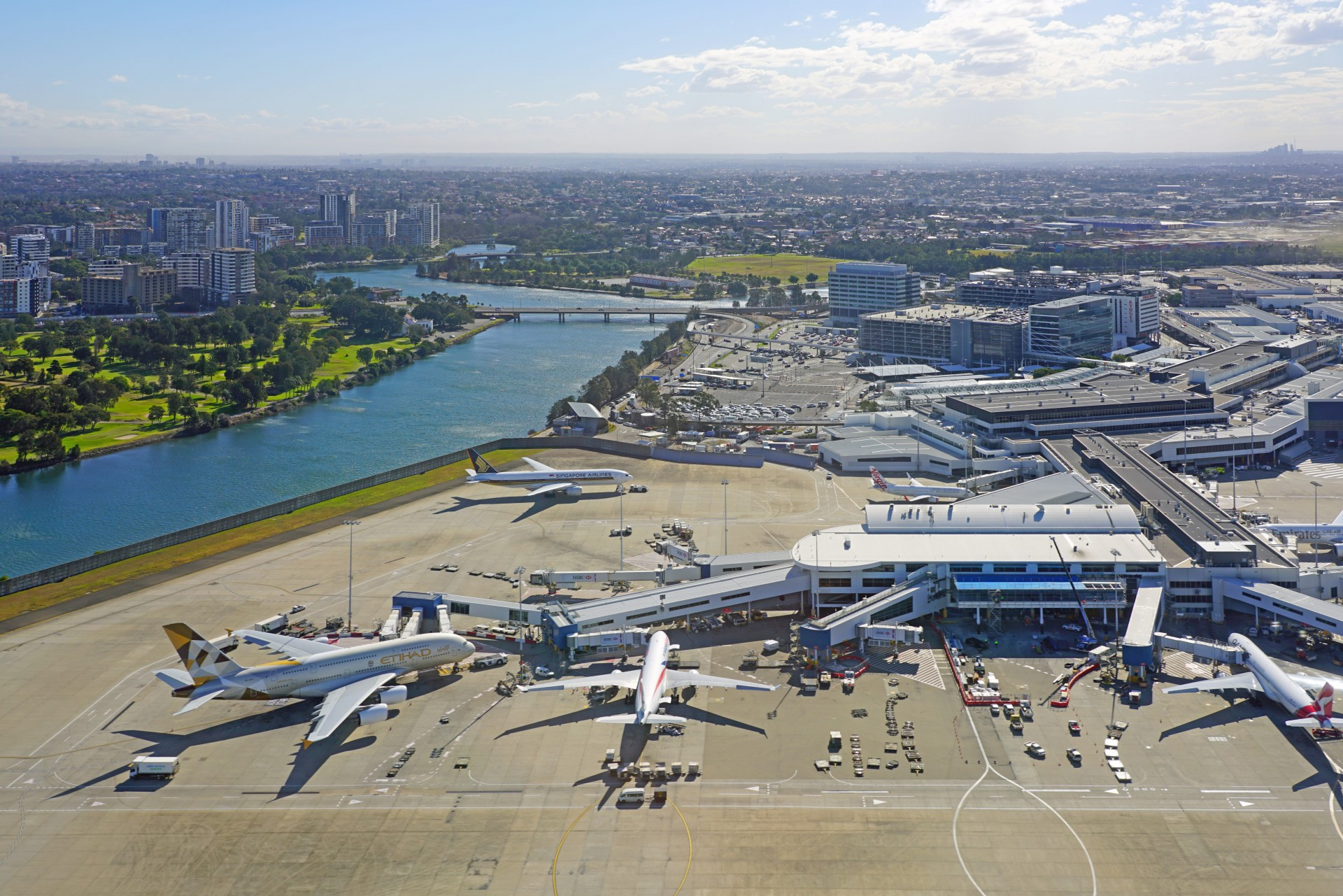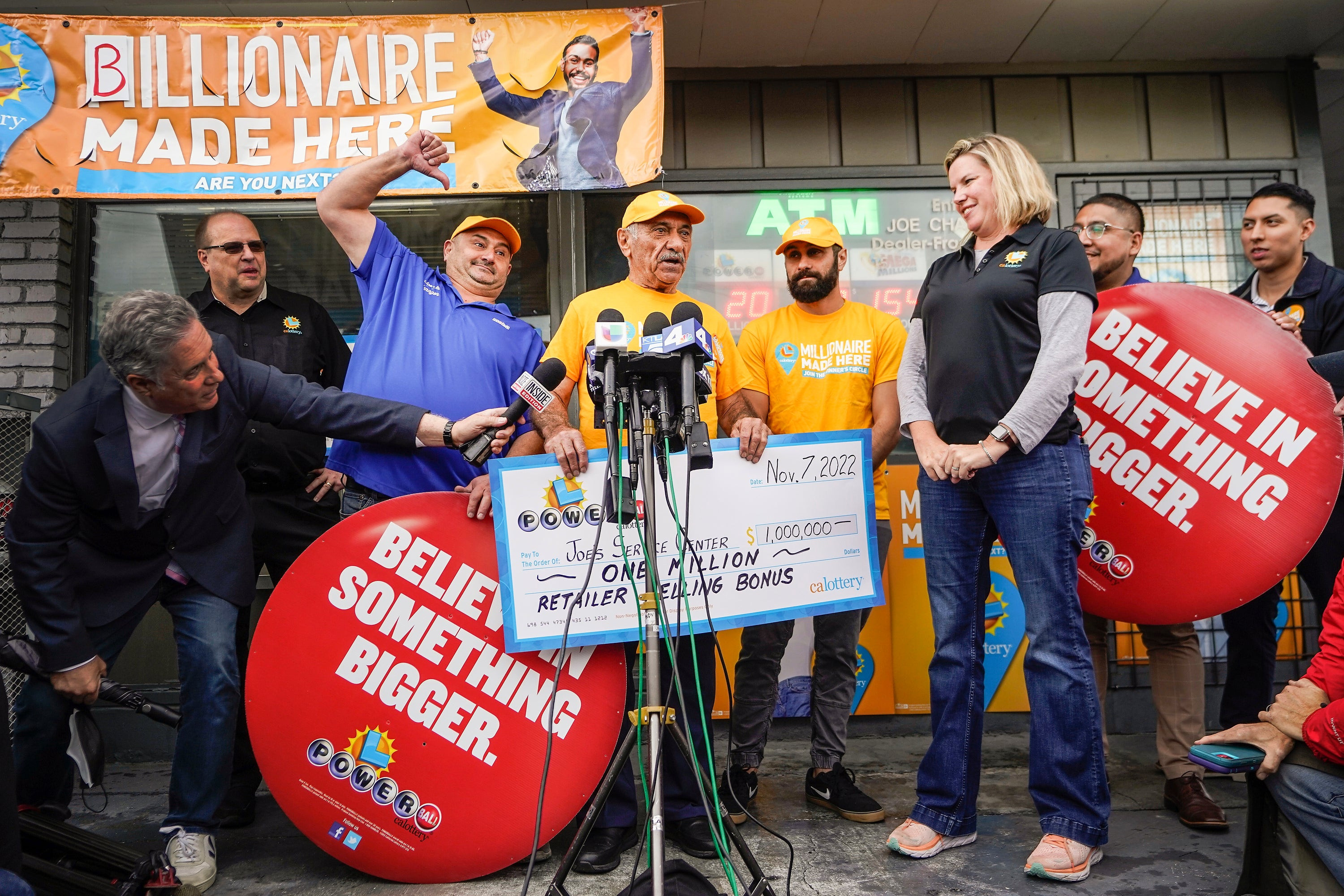Fianna Fáil's Potential Dominance: A 50-Seat Prediction
Former agriculture minister, Ivan Yates, has made a bold prediction regarding the upcoming Irish general election, claiming Fianna Fáil could secure up to 50 seats—a significantly higher number than suggested by current polls. This analysis, detailed on the Newstalk podcast Calling It, considered each constituency individually, factoring in the complexities of the Irish transferable vote system. Mr. Yates acknowledges the inherent difficulty in predicting precise outcomes, but he emphasizes Fianna Fáil’s historical underrepresentation in polls, consistently trailing their actual vote share.
The Pollster's Predicament: Underestimating Fianna Fáil
Yates points out that Fianna Fáil's performance in polls often falls short of reality. He highlights the discrepancies between poll predictions and actual vote counts, especially during previous local and European elections, where Fianna Fáil consistently lagged behind their true strength. He attributes this inaccuracy to a failure of generic polls to capture the localized strength of individual candidates and the party’s established infrastructure outside Dublin.
The Limitations of Generic Polling
The limitations of relying on generic polls with sample sizes around 1200 people are highlighted. These polls don't account for the nuanced dynamics within individual constituencies, such as the potential for strong transfers between Fianna Fáil and Fine Gael, which significantly influences the final seat allocation. The nuances of vote transfers, as illustrated by the example of John Mullins' elimination influencing the election of Cynthia Ní Mhurchú in Cork, demonstrate the crucial role that individual constituency-level dynamics play.
The Fragmented Landscape of Irish Politics and the Potential for Coalition Chaos
Yates describes the current Irish political landscape as incredibly fragmented. He notes that many smaller parties haven't experienced a surge in support and that the Green party is facing a potential decline, despite being part of the current government. The election, he contends, hinges on two key narratives: the continuation of Fianna Fáil/Fine Gael stability, emphasizing a pro-enterprise economy, versus a call for change after a century of Fianna Fáil/Fine Gael dominance. The effectiveness of these competing narratives will ultimately determine the election's outcome.
The Stakes: Coalition Negotiations and the Fight for Power
According to Yates’ prediction, a significant victory for Fianna Fáil could result in weeks of intense negotiations to form a viable government. The potential for a considerable gap between Fianna Fáil and Fine Gael creates uncertainty about the formation of a coalition and questions the viability of a rotating Taoiseach or equal standing between the two parties. The possibility of a Fianna Fáil/Fine Gael coalition faces significant challenges in achieving a lasting majority, given the projected seat count. The arithmetic may suggest a majority, but Yates believes Micheál Martin will be resistant to a coalition, emphasizing his firm control over the Fianna Fáil party.
The Path to Stability: Potential Coalition Partners
The article explores the potential coalition partners for Fianna Fáil and Fine Gael. While Labour has been suggested, Yates indicates a preference from Micheál Martin and Simon Harris for independent TDs to secure a stable majority. He highlights the potential of independent candidates and notes that some independents have historically voted with the government even without being compelled to do so. This strategy highlights the complexities of coalition-building in Ireland's multi-party system. However, he also acknowledges the possibility of Labour's involvement, predicting that the party could win between six and twelve seats. A specific mention of potential candidates from Labour also bolsters this claim.
The Uncertain Future of the Green Party and the Rise of Independents
Yates believes that the Green Party faces an uncertain future, particularly as they are currently in government but lack a significant surge in public support. The Greens face competition from a range of independent candidates who could cannibalize votes from both Fianna Fáil and Fine Gael. The potential for Independents to fill the void and secure enough seats to influence the formation of the next government presents another significant challenge to the established parties.
Sinn Féin's Uncertain Future: A Leadership Question
The article delves into the performance and potential future of Sinn Féin. The lack of Mary Lou McDonald's posters in certain areas is highlighted as evidence of internal strategic issues. The article touches upon the possibility of a leadership change for Sinn Féin, emphasizing the factors contributing to their less-than-stellar performance. Possible replacements for McDonald are briefly explored, indicating the complexity of the party's internal dynamics in the lead-up to the elections and potentially beyond.
The Unpredictability of Irish Elections: A Look at the Target Seats
The article concludes by emphasizing The inherent unpredictability of Irish general elections, particularly due to the country's unique transferable vote system. The article mentions that even after eliminations, transfers based on geography can heavily influence the outcome. The article concludes by mentioning Fine Gael’s significant challenges related to long years of governing and the loss of experienced TDs, as well as Sinn Féin's potential internal review. In conclusion, the final outcomes remain uncertain, and the analysis suggests that any prediction will inevitably contain an inherent margin of error, emphasizing the complexity and unpredictability of Irish elections. The article does not present definitive conclusions, but rather provides a balanced perspective on the potential outcomes of the upcoming election.




